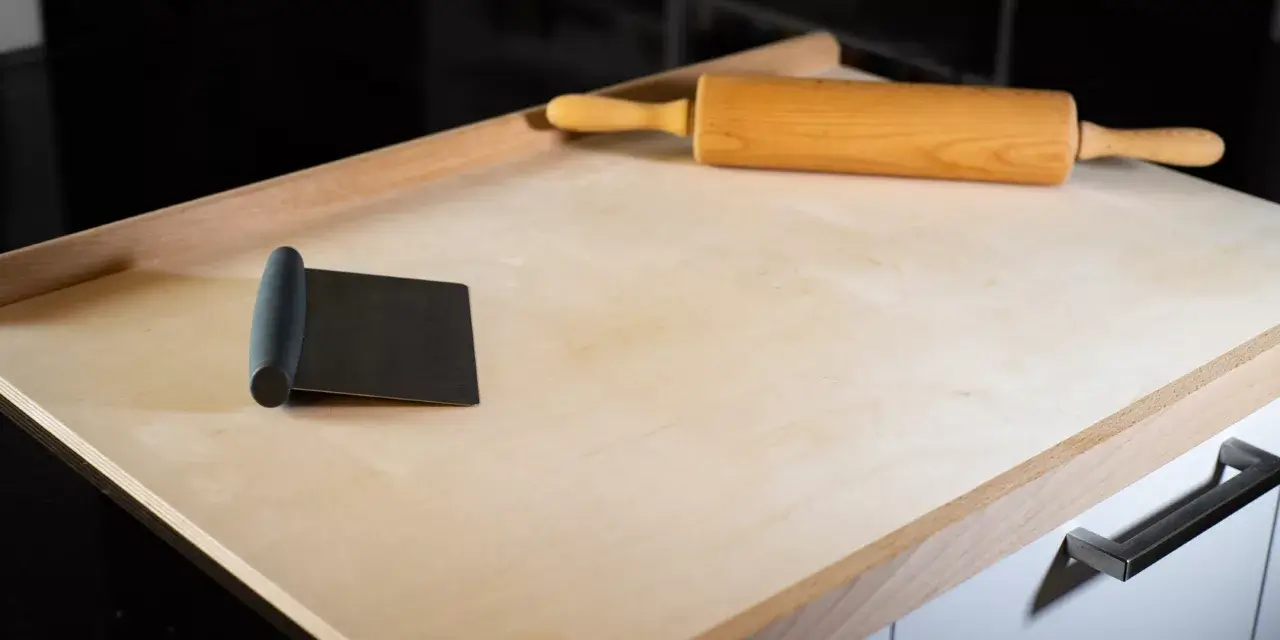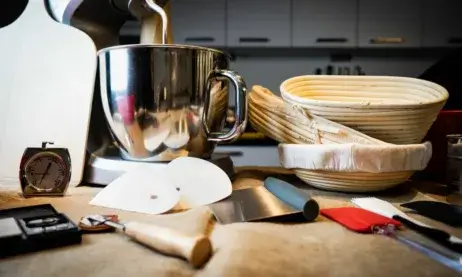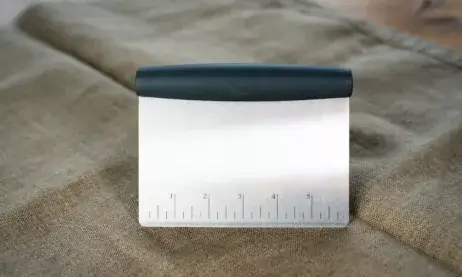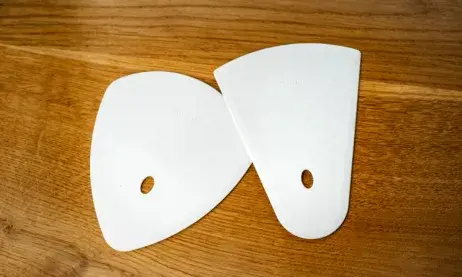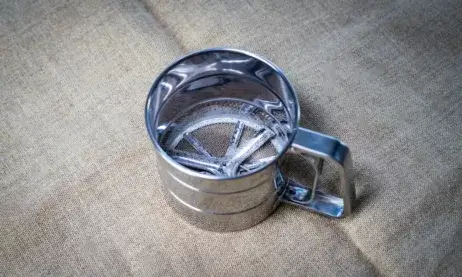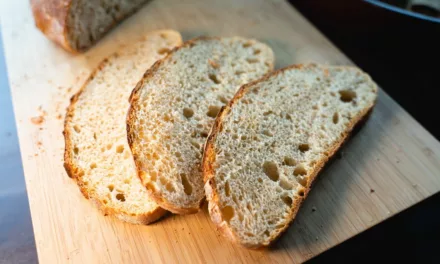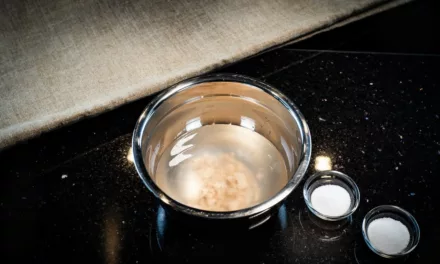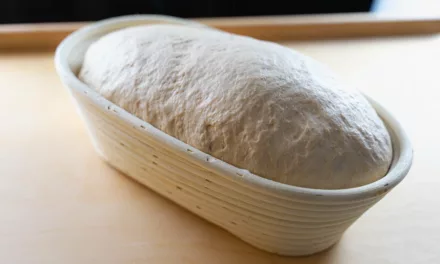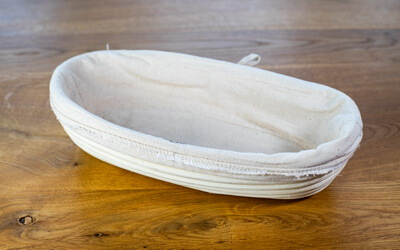Welcome to my comprehensive guide on pastry boards, the unsung hero of the baking world. If you’ve ever struggled with dough sticking to your counter or had difficulty rolling out pastry to the perfect thickness, then this guide is for you.
As a seasoned baker, I’ve had my fair share of baking mishaps. I’ve seen dough stick to countertops, pastry tear apart, and the mess that ensues. But, when I discovered the pastry board, it was a game-changer.
I’ve been baking for years, and I’ve learned a thing or two about the tools that can make or break your baking experience. And trust me, a pastry board is one tool you don’t want to miss out on.
So, are you ready to revolutionize your baking experience? Let’s dive in!
Table of Contents
- What is a Pastry Board?
- The Benefits of Using a Pastry Board
- Choosing the Right Pastry Board
- Cleaning and Maintaining Your Pastry Board
- Where to Buy
- Conclusion
- Frequently Asked Questions (FAQ)
What is a Pastry Board?
A pastry board is a flat, typically rectangular surface used for kneading, rolling, and cutting dough. It’s a baker’s best friend, providing a dedicated space for all your dough-related tasks. Pastry boards can be made from various materials, including wood and marble, each with its own set of advantages.
Pastry boards are not just for professional bakers. Whether you’re a home baker making your first loaf of bread or an experienced pastry chef crafting intricate pastries, a pastry board can make your baking process smoother and more enjoyable. Speaking of bread, if you’re a beginner, you might find our guide on bread making for beginners helpful.
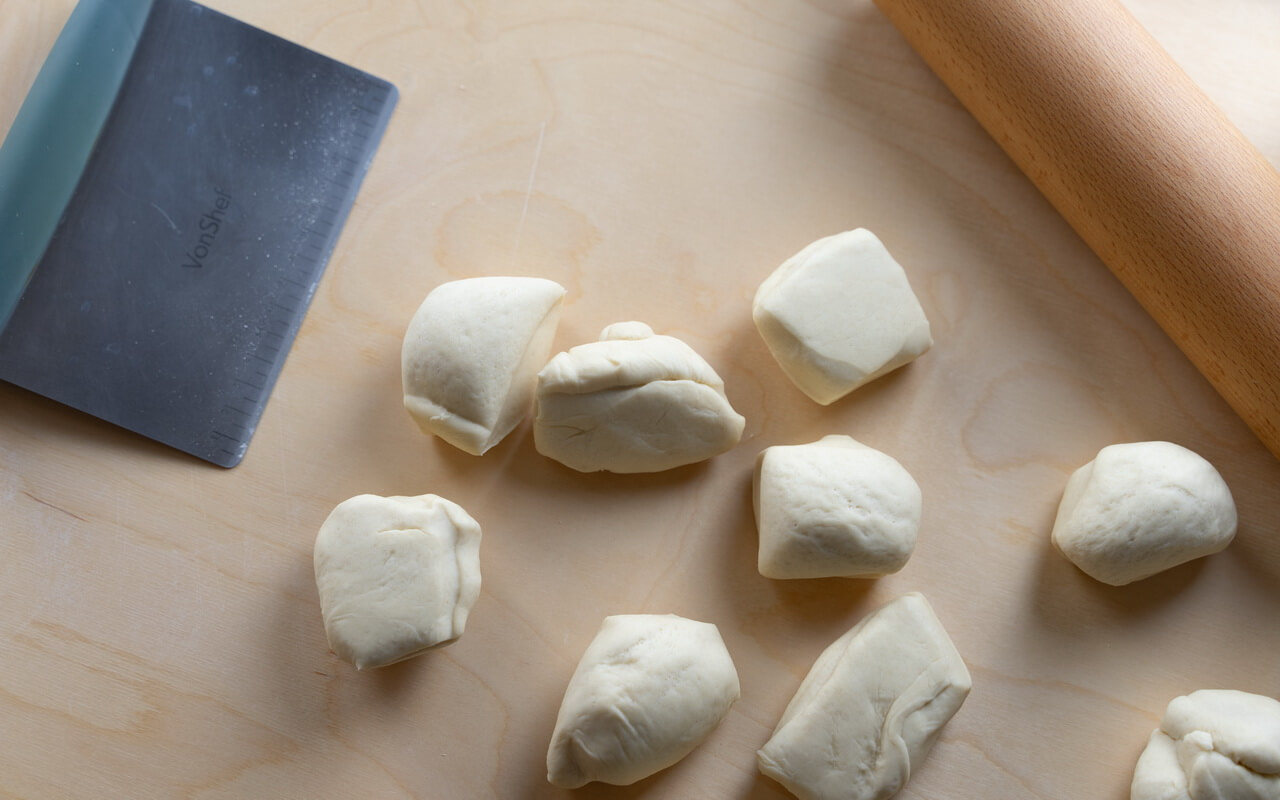
The Benefits of Using a Pastry Board
Using a pastry board has several benefits. First and foremost, it provides a smooth, non-stick surface for working with dough. This can be particularly useful when working with sticky doughs, such as sourdough.
Pastry boards also help to keep your workspace clean. Instead of getting flour all over your kitchen counter, you can contain the mess to the board. This makes cleanup a breeze.
Another benefit of using a pastry board is that it can help you achieve a more uniform thickness when rolling out dough. This is especially important when baking pastries, where even thickness is key to achieving the perfect texture.
Choosing the Right Pastry Board
When choosing a pastry board, there are a few factors to consider. The material of the board is one of the most important considerations
. Wood and marble are the most common materials used for pastry boards.
Wooden boards are durable and provide a good non-stick surface for working with dough. They also tend to be more affordable than marble boards. However, they can absorb odors and stains, so they require proper care and cleaning.
Marble boards, on the other hand, are non-porous, so they won’t absorb odors or stains. They also stay cool, which can help keep the dough from getting too warm while you’re working with it. However, marble boards can be heavy and more expensive than wooden boards.
In addition to the material, you’ll also want to consider the size of the board. Make sure it’s large enough for the types of baking projects you typically undertake.
If you’re interested in other baking tools that can make your baking process smoother, check out my guides on the bench knife, the dough scraper and flour sifters.
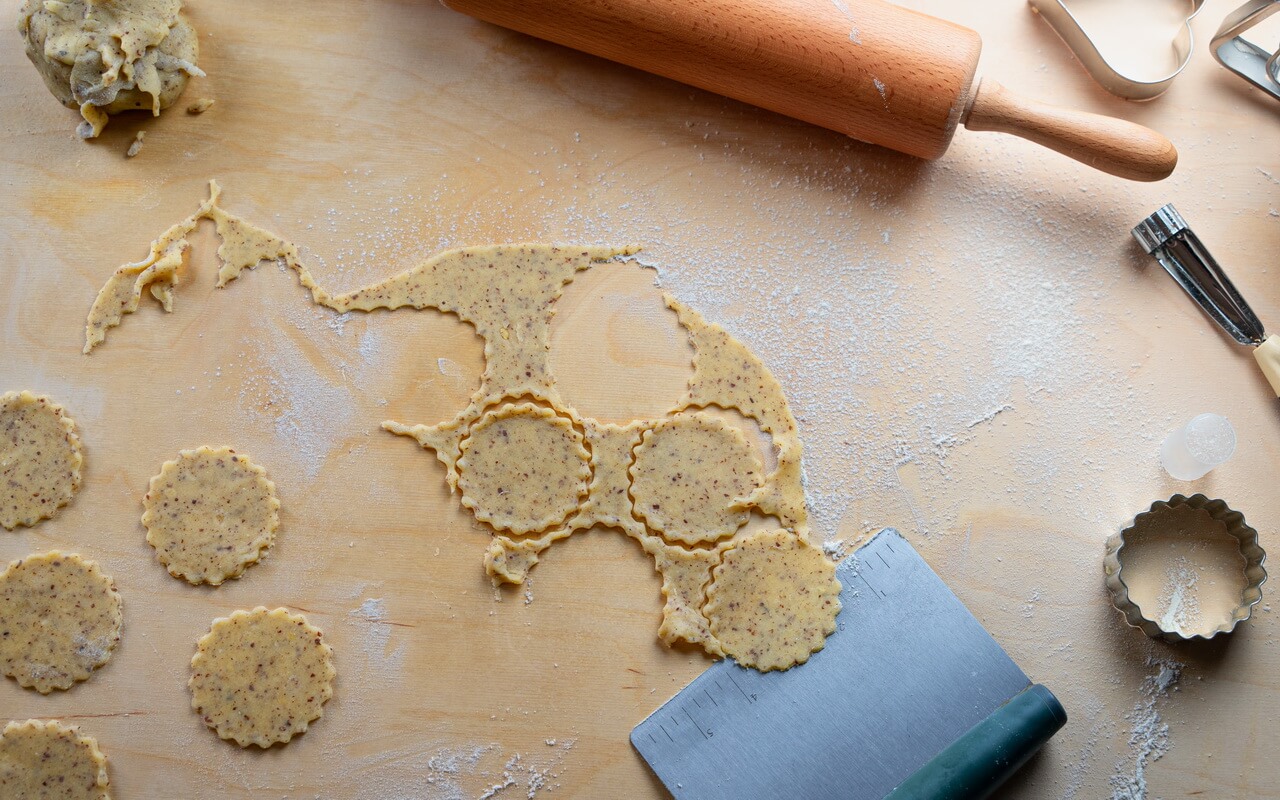
Cleaning and Maintaining Your Pastry Board
Taking care of your pastry board is crucial to ensure its longevity and maintain its quality. Here are some tips on how to clean and maintain your pastry board:
- Cleaning: After each use, wipe the board with a damp cloth to remove any leftover dough or flour. Avoid using harsh detergents or soaking the board in water, as this can damage the material. For stubborn stains or dough residues, use a soft brush or a dough scraper.
- Drying: Always dry your pastry board thoroughly after cleaning. Leaving it wet can cause the material to warp or crack over time. Avoid drying it near a heat source or in direct sunlight, as this can also cause damage.
- Maintenance: Regular maintenance can help keep your pastry board in top condition. For wooden boards, consider applying a food-safe mineral oil every few months to prevent the wood from drying out. For marble boards, a simple wipe with a damp cloth is usually sufficient, but you can also use a mild soap if needed.
- Storage: Store your pastry board in a cool, dry place. Avoid extreme temperatures or humidity, as these can cause the material to warp or crack.
Remember, a well-cared-for pastry board is not only more pleasant to use but can also last for many years, making it a worthwhile investment for any baker.
Where to Buy
Ready to invest in a pastry board? You can find a wide range of options online on Amazon. I recommend to go for the biggest one you can afford and have the space like for examples these:
No products found.
Conclusion
A pastry board is a valuable addition to any baker’s toolkit. Whether you’re a novice baker just starting out or an experienced pastry chef, a pastry board can make your baking process smoother and more enjoyable. So why wait? Elevate your baking experience with a pastry board today!
Frequently Asked Questions (FAQ)
What is a pastry board?
A pastry board is a flat, typically rectangular surface used for kneading, rolling, and cutting dough. It provides a dedicated, non-stick surface for all your dough-related tasks.
Why use a pastry board?
A pastry board provides a smooth, non-stick surface for working with dough, helps keep your workspace clean, and can help you achieve a more uniform thickness when rolling out dough.
Is a pastry board worth it?
Absolutely! A pastry board can significantly improve your baking experience, making dough-related tasks easier and more enjoyable.
Is marble or wood better for a pastry board?
Both materials have their advantages. Wood is durable and provides a good non-stick surface, while marble stays cool and doesn’t absorb odors or stains. The best choice depends on your personal preferences and baking needs.
What is the best wood for a pastry board?
Hardwoods like maple, cherry, or walnut are typically the best choices for a pastry board. They’re durable, provide a good non-stick surface, and are generally safe for food contact.
Why do pastry boards have a lip?
The lip on a pastry board helps to keep the board in place while you’re working with the dough. It can also help to keep flour and other ingredients from spilling off the board.

